
Explore the Tranquility of Shitennoji Todaimon: The Grand East Gate
Discover the serene beauty and historical significance of Shitennoji Todaimon, the Grand East Gate of Osaka's oldest temple.
Shitennoji Todaimon, the Grand East Gate of Shitennoji Temple in Osaka, offers tourists a serene glimpse into Japan's rich Buddhist heritage. This iconic gateway stands as a testament to the architectural splendor of ancient Japan, inviting visitors to explore the peaceful temple grounds and experience the spiritual ambiance that has attracted pilgrims for centuries. Whether you're wandering through the historic site or capturing stunning photographs of the intricately designed gate, Shitennoji Todaimon is a must-visit for anyone seeking to immerse themselves in Japan's cultural and spiritual history.
A brief summary to Shitennoji Todaimon (Grand East Gate)
- 11 Shitennoji, Osaka, 1 Chome Shitennoji, Tennoji Ward, Osaka, 543-0051, JP
Local tips
- Visit early in the morning for a quieter experience and to capture stunning photographs without crowds.
- Check the local calendar for festivals or ceremonies to immerse yourself in authentic cultural experiences.
- Take time to explore the temple gardens and surrounding areas for a complete experience of tranquility.
Getting There
-
Public Transport
If you're starting from Kyoto Station, take the JR Tokaido Line towards Osaka. It’s about a 30-minute ride. Get off at Tennoji Station. From Tennoji Station, exit via the East Exit. Follow the signs to Shitennoji Temple, which is about a 15-minute walk from the station. Head east on Abeno-suji Avenue, then turn right onto Shitennoji Street. Continue straight until you reach the Shitennoji Todaimon (Grand East Gate).
-
Public Transport
From Gion-Shijo Station, take the Keihan Main Line towards Kyobashi and transfer at Yodoyabashi Station to the Osaka Metro Midosuji Line. Take the Midosuji Line to Tennoji Station. Once you arrive at Tennoji Station, use the East Exit and follow the same walking directions as above.
-
Walking
If you are in the vicinity of Namba, you can walk to Shitennoji Todaimon. Head northeast on Midosuji Street and continue until you reach Abeno-suji Avenue. Turn left and follow the avenue until you reach the intersection with Shitennoji Street. Turn right onto Shitennoji Street and walk straight until you arrive at the Grand East Gate.
-
Taxi
For a more comfortable option, you can take a taxi from your location in Kyoto directly to Shitennoji Todaimon. Provide the driver with the address: 11 Shitennoji, Tennoji Ward, Osaka, 543-0051. The journey may take around 40 minutes, depending on traffic.
Discover more about Shitennoji Todaimon (Grand East Gate)
Iconic landmarks you can’t miss
ベルリンの壁
0.7 km
Discover the rich history and architectural beauty of The Bell Ringing, a historical landmark in Osaka that showcases the city's vibrant cultural heritage.
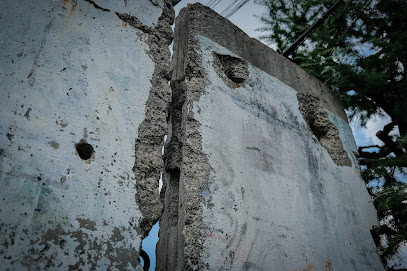
Harukas 300
1.0 km
Experience breathtaking panoramic views of Osaka from Harukas 300, the tallest observation deck in Japan, a must-see for all tourists.
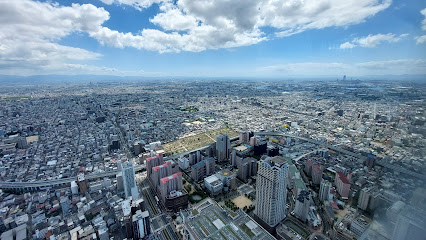
Tsūtenkaku
1.1 km
Discover Osaka's skyline from Tsūtenkaku, a historic observation tower offering breathtaking views and a rich cultural experience.
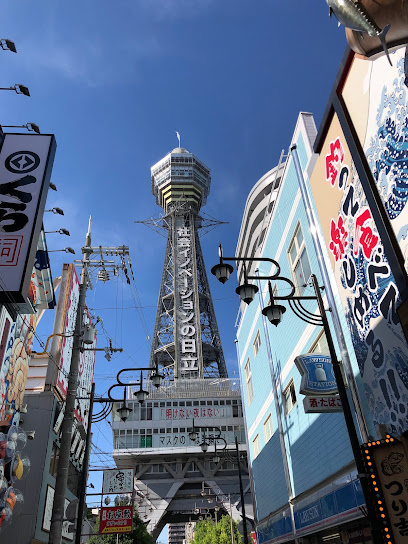
Ten Noji village monument
1.3 km
Explore the Ten Noji Village Monument, a historical gem in Osaka's Nishinari Ward, reflecting the rich cultural heritage and architectural beauty of Japan.
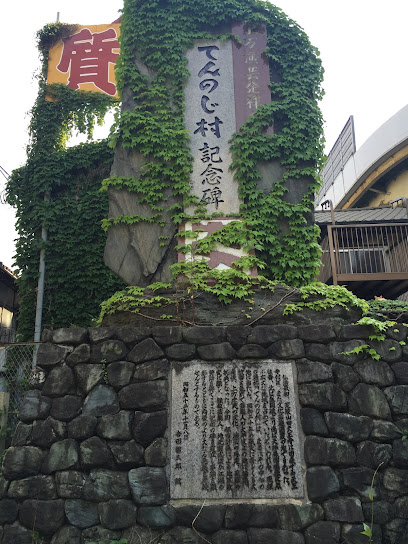
Nipponbashi Denden Town
1.3 km
Explore the vibrant streets of Nipponbashi Denden Town, Osaka's ultimate destination for anime, manga, and electronics enthusiasts.
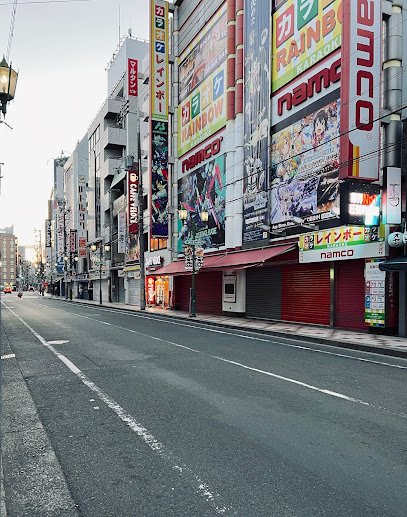
Shingonzaka
1.4 km
Discover the enchanting charm of Shingonzaka in Osaka, where history, culture, and nature blend seamlessly.
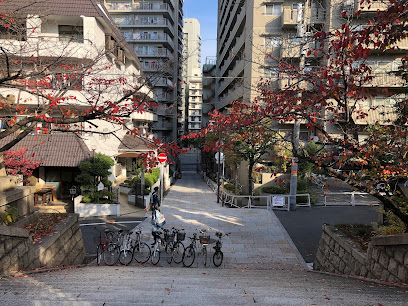
3-chōme-1-15 Namba
1.9 km
Explore the lively streets of Namba, Osaka, where vibrant culture, delicious street food, and unique shopping experiences await every traveler.
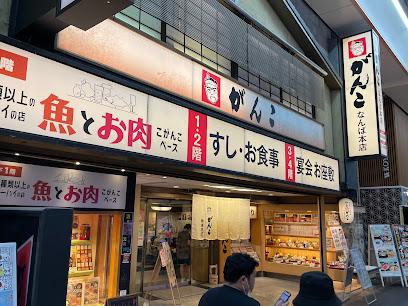
난카이난바 목적출구
1.9 km
Experience the vibrant life of Namba, Osaka's bustling hub of culture, cuisine, and entertainment, where every corner has a story to tell.
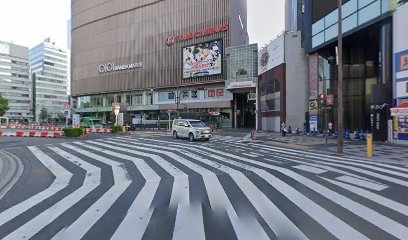
Tombori River walk
2.0 km
Experience the vibrant atmosphere and culinary delights of Osaka at the iconic Tombori River Walk, a must-visit destination in Dotonbori.
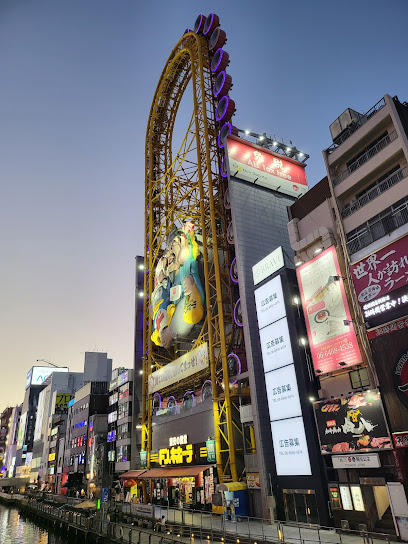
Hozenji Yokocho
2.1 km
Explore the enchanting Hozenji Yokocho, a historic alleyway in Osaka, where traditional charm meets culinary delights in a serene, picturesque setting.
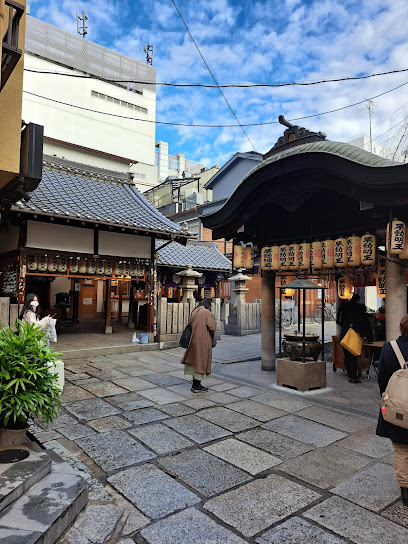
Hozen-ji Temple
2.1 km
Discover tranquility in the heart of Osaka at Hozen-ji Temple, a historic Buddhist sanctuary surrounded by vibrant local culture.
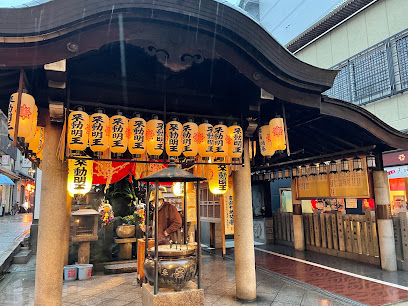
Hozenji Mizukake Fudoson Temple
2.1 km
Discover the tranquility of Hozenji Mizukake Fudoson Temple in Osaka, a serene Buddhist haven amidst the urban hustle, steeped in tradition and charm.
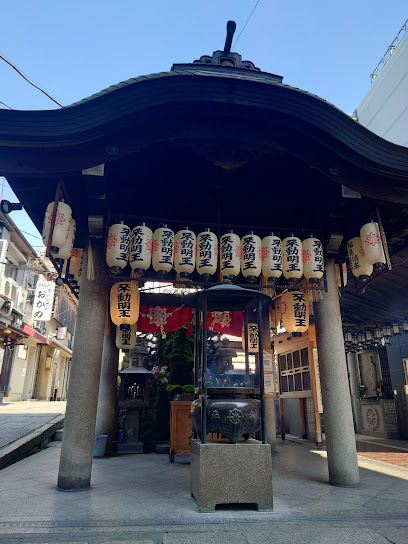
スパイダーマンの館
2.1 km
Experience the vibrant nightlife and culinary delights of Dotonbori, Osaka's iconic district filled with neon lights and local flavors.
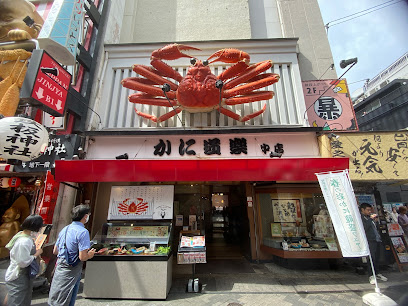
Ebisu Bashi-Suji Shopping Street
2.1 km
Experience the heart of Osaka at Ebisu Bashi-Suji Shopping Street, where shopping, dining, and local culture come alive in a vibrant atmosphere.
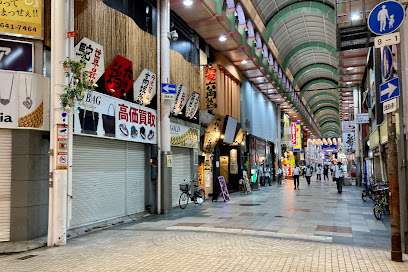
Ukiyo Koji
2.1 km
Experience the vibrant culture and culinary delights of Ukiyo Koji, a must-visit business park in the heart of Dotonbori, Osaka.
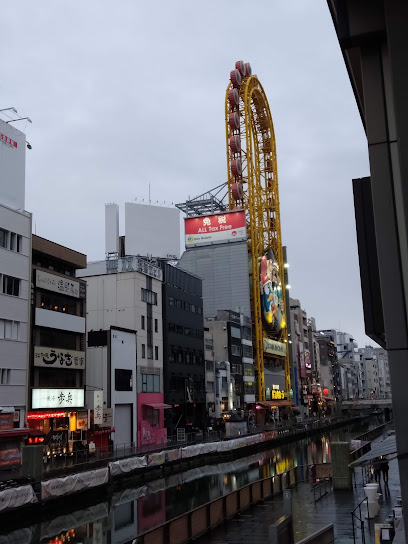
Unmissable attractions to see
Shitennoji Honbo (Abbot's Quarters)
0.1 km
Explore the historic Shitennoji Honbo, a peaceful Buddhist temple in Osaka, rich in tradition and spiritual beauty.
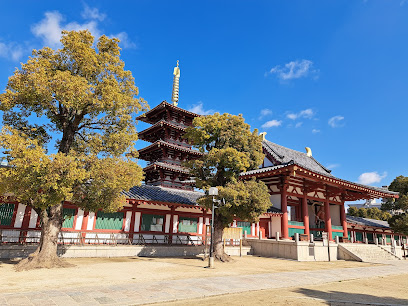
Shi-Tennoji Temple Market
0.1 km
Discover the vibrant Shi-Tennoji Temple Market in Osaka, where culture, food, and local crafts come alive in a historic setting.
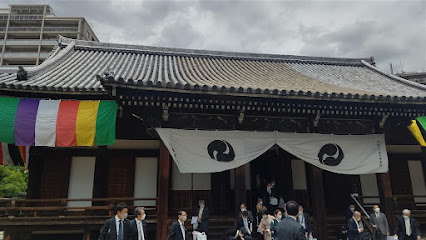
Shitenno-ji
0.1 km
Discover Shitenno-ji, Japan's oldest Buddhist temple in Osaka, a serene haven of history, spirituality, and stunning architecture.
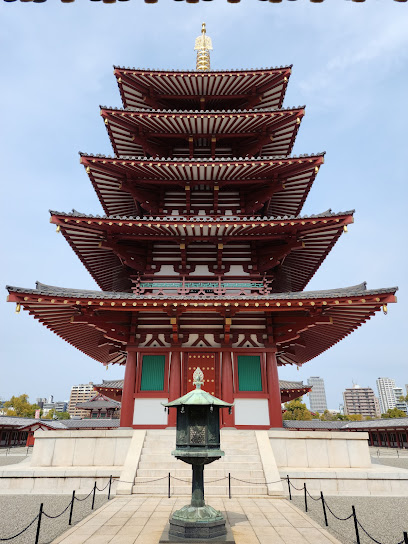
Shitenno-ji Rokuji Reihaido (Rokujido)
0.2 km
Experience the serenity and spiritual heritage of Shitenno-ji Rokuji Reihaido, Osaka's ancient Buddhist temple steeped in history.
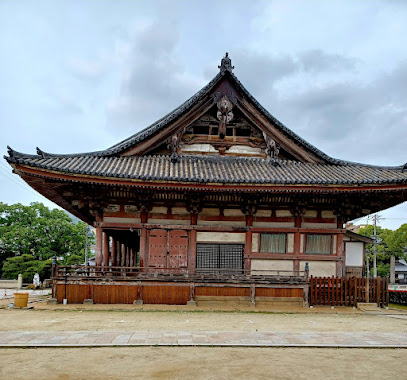
Shitenno-ji Gojunoto (Five Story Pagoda)
0.2 km
Discover the spiritual heart of Osaka at Shitenno-ji Gojunoto, Japan's oldest Buddhist temple with a stunning five-story pagoda.
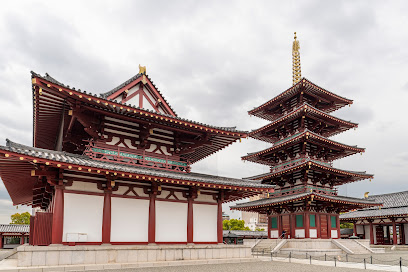
Shitennoji Saijumon
0.2 km
Discover the tranquility and rich history of Shitennoji Saijumon, Osaka's ancient Buddhist temple, a must-visit for cultural enthusiasts and spiritual seekers.
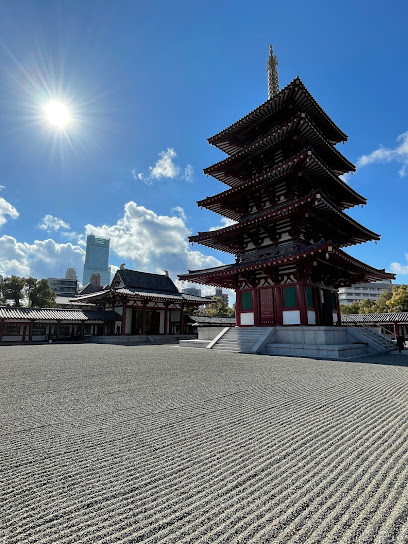
Shitennoji Nakanomon (Middle Gate)
0.3 km
Discover the spiritual essence of Osaka at Shitennoji Nakanomon, a historic Buddhist temple gate rich in culture and tranquility.
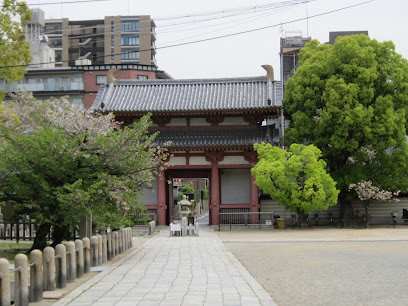
Shitennoji Ishinotorii (Stone Torii Gate)
0.3 km
Explore the historical Shitennoji Ishinotorii, one of Japan's oldest temples, offering rich culture, serene gardens, and spiritual heritage in Osaka.
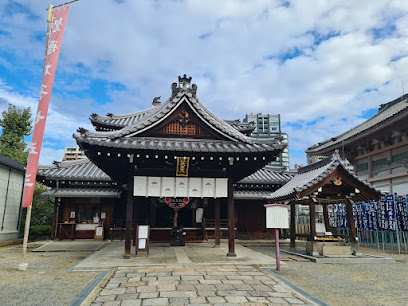
Shitennoji Koshindo
0.5 km
Explore Shitennoji Koshindo, Osaka's historic Buddhist temple, where spirituality and exquisite architecture come together in a peaceful oasis.
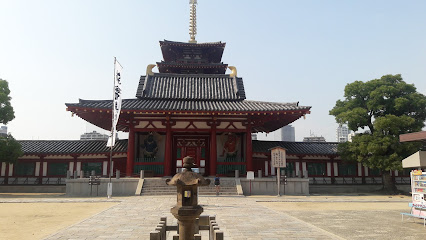
Horikoshi Jinja
0.6 km
Experience the serene beauty and cultural richness of Horikoshi Jinja, a stunning Shinto shrine in the heart of Osaka, where tradition meets tranquility.
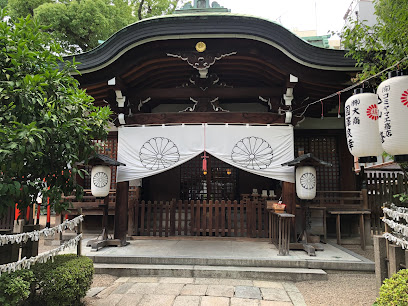
Kiyomizuzaka
0.6 km
Explore Kiyomizuzaka in Osaka, where tradition meets serenity along a picturesque pathway filled with cultural treasures.
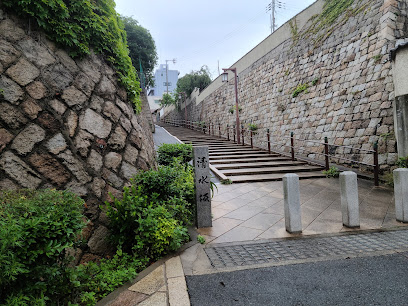
Aizenzaka
0.6 km
Discover the scenic beauty and rich cultural heritage of Aizenzaka, a must-visit tourist attraction in the heart of Osaka, Japan.
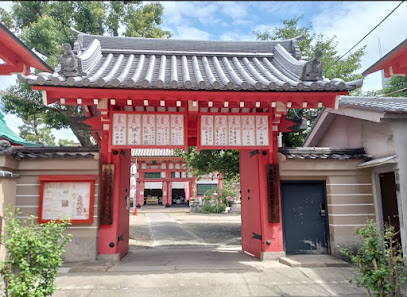
Arisusan Seikoin Kiyomizudera
0.6 km
Explore the serene beauty and rich heritage of Arisusan Seikoin Kiyomizudera, a stunning Buddhist temple in the heart of Osaka, Japan.
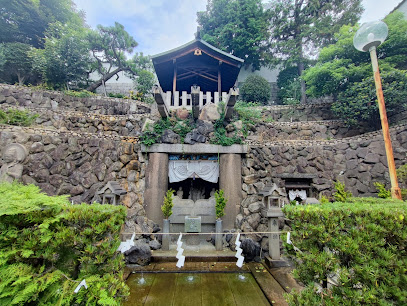
Tenjinzaka
0.7 km
Discover the enchanting Tenjinzaka in Osaka, where culture, delicious cuisine, and stunning views come together for an unforgettable experience.
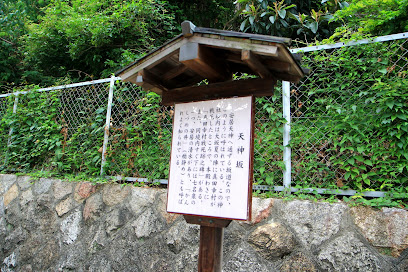
Chausu-yama
0.7 km
Discover the serene beauty and rich history of Chausu-yama, a must-visit historical landmark in Osaka, Japan.
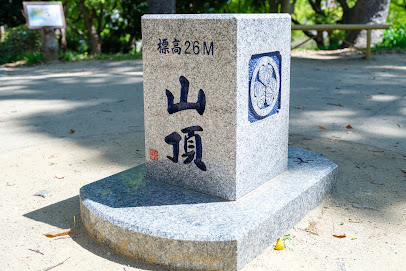
Essential places to dine
Nanoan
0.7 km
Experience authentic Japanese cuisine at Nanoan in Osaka - where tradition meets flavor in every dish.
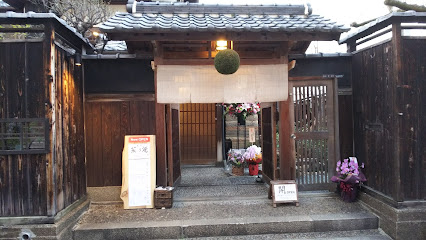
Ten'no-den Restaurant
0.8 km
Discover exquisite kaiseki dining at Ten'no-den Restaurant in Osaka - where tradition meets taste.
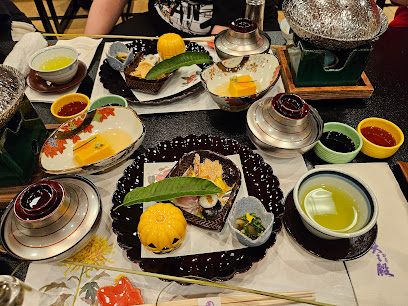
Abeton
0.8 km
Experience authentic okonomiyaki at Abeton in Osaka - where tradition meets taste in every bite.
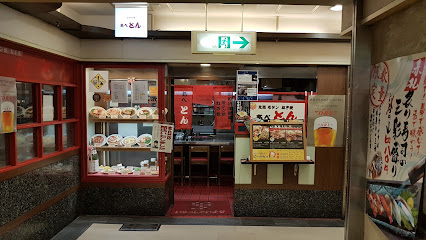
Bikkuri Donkey Tennoji
0.8 km
Discover family-friendly dining at Bikkuri Donkey Tennoji in Osaka – where delicious flavors meet a welcoming atmosphere.
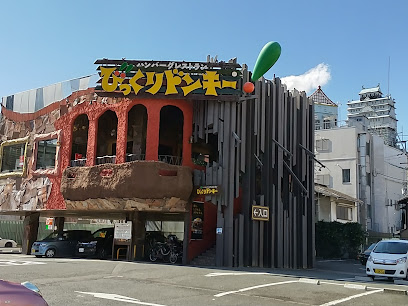
Carni Grill Tennoji
0.8 km
Experience the best of Brazilian flavors at Carni Grill Tennoji – where succulent meats meet Japanese izakaya charm.

Suika KYK - Tennoji MIO
0.9 km
Savor the finest tonkatsu and shabu-shabu at Suika KYK - Tennoji MIO, where authentic Japanese flavors meet modern dining.
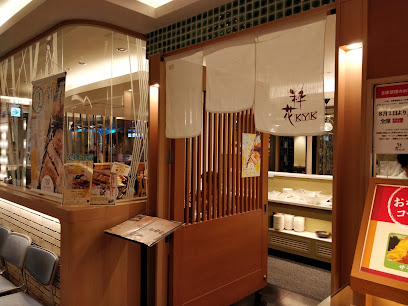
Aoi Napoli in the Park
0.9 km
Discover delicious Italian cuisine at Aoi Napoli in the Park - your perfect dining escape in Osaka's scenic Tennoji Ward.

Petit Grill Maruyoshi
0.9 km
Experience the perfect fusion of Japanese flavors and Western cuisine at Petit Grill Maruyoshi in Osaka's Tennoji Ward.

Teppansakaba Hishimekiyatennoji MIO Ten
0.9 km
Discover the authentic taste of Japan at Teppansakaba Hishimekiyatennoji MIO Ten, where delicious yakiniku meets vibrant izakaya culture.
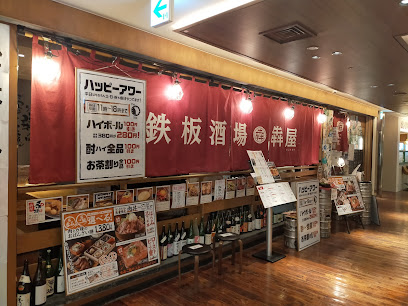
551 Horai Tennoji Station
1.0 km
Savor the authentic taste of China at 551 Horai Tennoji Station with their famous steamed buns and delightful dishes.

Yakiniku Hormone Bungo Tennoji
1.2 km
Discover the art of offal barbecue at Yakiniku Hormone Bungo Tennoji – where grilling meets tradition in Osaka's vibrant culinary scene.
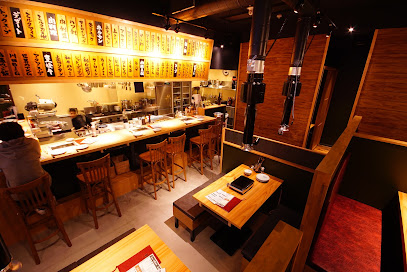
Japan's style Kurry Restaurant
1.2 km
Discover the flavors of authentic Japanese curry at Japan's Style Kurry Restaurant in Osaka – a delightful taste of local comfort food.
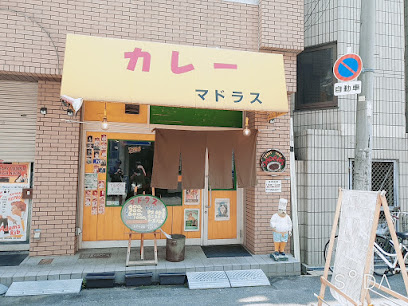
Osaka tacos
1.5 km
Experience a unique blend of Mexican flavors infused with local Japanese ingredients at Osaka Tacos - your ultimate culinary adventure in Osaka.
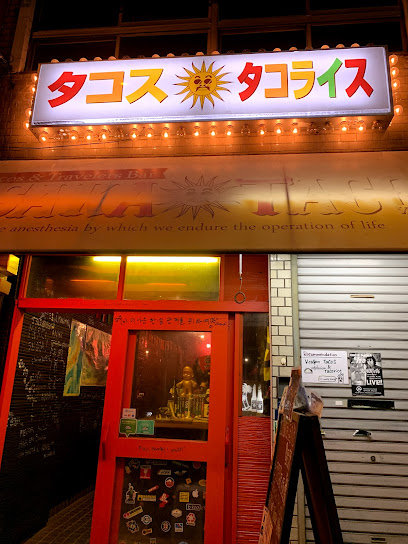
Restaurant Osaka
1.5 km
Experience the authentic flavors of Japan at Restaurant Osaka in Nishinari Ward – where every dish tells a story.
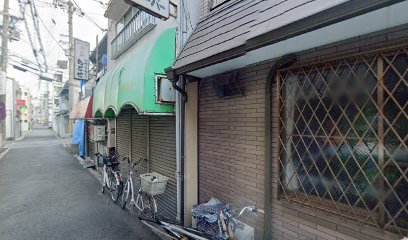
Kunsei Kitchen
1.6 km
Experience exquisite French cuisine with breathtaking views at Kunsei Kitchen in Osaka's Centara Grand Hotel.
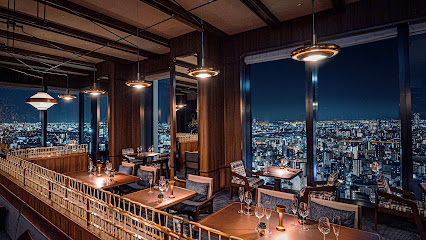
Markets, malls and hidden boutiques
it300(イットサンビャク)天王寺ミオshop
0.9 km
Discover unique souvenirs and local gems at it300 Tennoji Mio Shop, a must-visit general store in the heart of Osaka's vibrant Tennoji district.

Tennoji MIO Plaza Building
0.9 km
Discover the vibrant shopping and dining scene at Tennoji MIO Plaza Building in Osaka, where modernity meets tradition in a stylish environment.
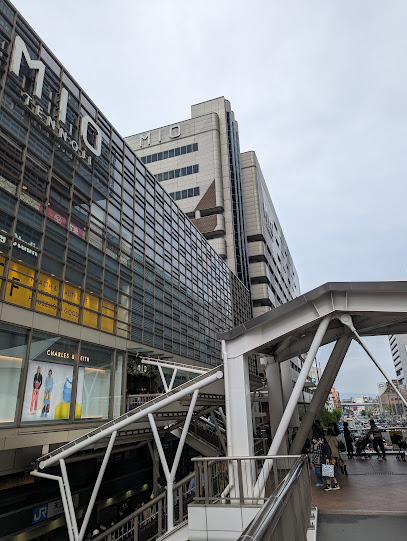
Flying Tiger Copenhagen 天王寺ミオ プラザ館ストア
0.9 km
Discover a treasure trove of quirky gifts, home goods, and toys at Flying Tiger Copenhagen in Tennoji, Osaka - where fun shopping awaits!

エピソード 天王寺店
0.9 km
Discover contemporary fashion at Episode Tennoji - your ultimate shopping destination in Osaka's bustling JR Tennoji Station.

PLAZA
0.9 km
Explore PLAZA, Osaka's premier home goods store, offering a unique blend of stylish decor, practical essentials, and delightful souvenirs.

Tennoji MIO
0.9 km
Discover Tennoji MIO, a vibrant shopping mall in Osaka with diverse shops, eateries, and a modern atmosphere for an unforgettable experience.

Tennoji MIO LOFT
0.9 km
Explore Tennoji MIO LOFT, a vibrant shopping haven in Osaka offering a unique selection of cosmetics, home goods, and more for every traveler.

shop in
0.9 km
Discover the ultimate cosmetics shopping experience in Osaka at Tennoji MIO, where beauty meets variety in a vibrant setting.

ekimo天王寺
1.0 km
Experience shopping, dining, and entertainment all in one place at ekimo Tennoji, Osaka's vibrant shopping mall.

Kawachi at Hoop
1.1 km
Discover a vibrant art supply store in Osaka, offering quality materials, picture framing, and stationery for all your creative needs.

上本町
1.2 km
Discover the vibrant fashion scene in Uehonmachi, Osaka, where women's clothing stores offer a blend of modern style and traditional charm.

Japan Culture & Character Shop Guf
1.3 km
Experience the heart of Japanese culture at Guf, Osaka's premier hobby and souvenir store, offering a diverse range of unique collectibles and gifts.

Animate Osaka Nipponbashi
1.4 km
Explore the vibrant world of anime and manga at Animate Osaka Nipponbashi, a treasure trove for fans and collectors in Osaka.

Gee Store Osaka
1.6 km
Explore Gee Store Osaka, a haven for hobby enthusiasts with an extensive selection of collectibles and unique merchandise in the heart of Japan's vibrant culture.

Souvenir shop MiKi
1.6 km
Explore Souvenir Shop MiKi in Osaka for unique keepsakes and authentic Japanese crafts that embody the spirit of Japan.

Essential bars & hidden hideouts
CelticBarGALWAY
0.4 km
Discover the vibrant Celtic Bar Galway in Osaka, blending Irish charm and Japanese hospitality with delightful cocktails and live music.
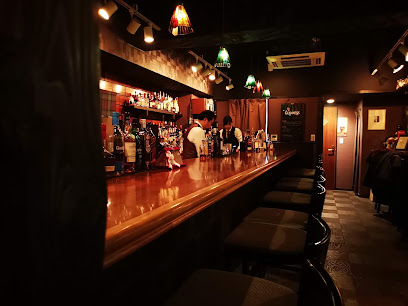
ティンズホール
0.7 km
Experience the lively atmosphere and local charm at Tins Hall, a must-visit bar in Osaka's vibrant Tennoji Ward.
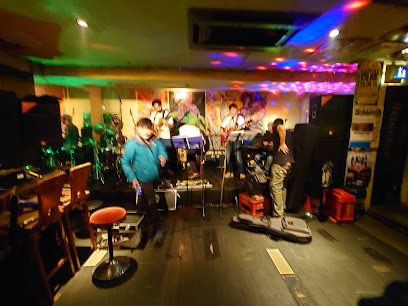
LIVEBar Refuge
0.7 km
Discover the vibrant nightlife of Osaka at LIVEBar Refuge, where local culture meets modern vibes in a lively bar setting.
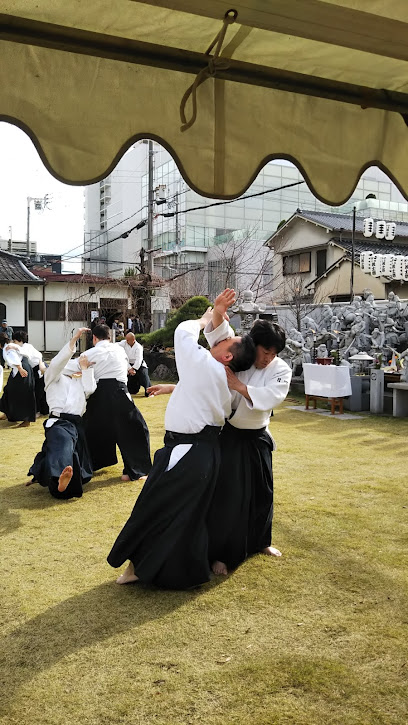
Three Monkeys Cafe Tennoji
0.8 km
Experience the best of Japanese barbecue at Three Monkeys Cafe Tennoji, a lively spot for delicious grilled dishes and refreshing drinks.

Live Bar OTO
0.9 km
Discover the vibrant nightlife of Osaka at Live Bar OTO, where exceptional drinks and lively atmosphere await every visitor.

Bar Nocosarejima
1.1 km
Experience the art of mixology at Bar Nocosarejima, a premier cocktail bar in the vibrant Naniwa Ward of Osaka, where unique flavors meet a cozy atmosphere.
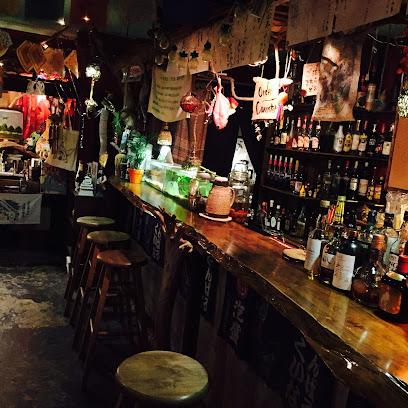
Bar
1.2 km
Experience the quintessential Japanese nightlife at Uehonmachi Bar, where tradition meets modern charm in the heart of Osaka.
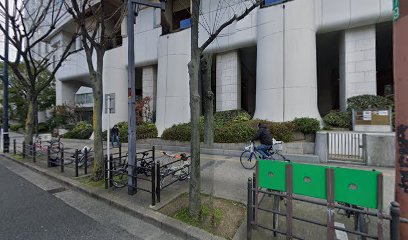
Bar Haze
1.3 km
Discover the lively atmosphere and eclectic drink offerings at Bar Haze, one of Osaka's top bars for nightlife and socializing.

Bar Bata2 standing bar
1.3 km
Experience the fusion of vibrant nightlife and authentic Japanese curry at Bar Bata2 in Osaka's Tennoji Ward.
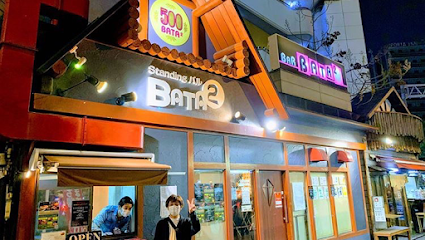
BAR STRATHISLA
1.4 km
Explore Bar Strathisla in Osaka for a unique blend of traditional hospitality and modern nightlife, perfect for an unforgettable evening out.
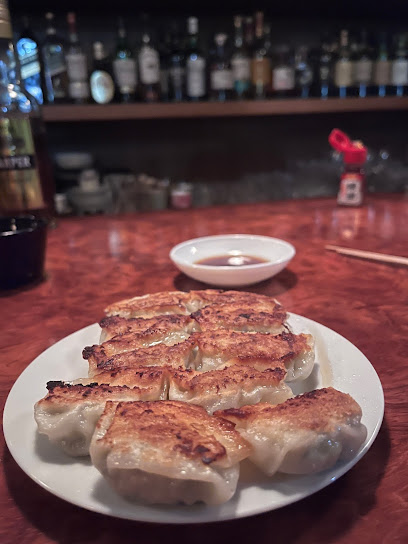
The Lux Bar
1.4 km
Experience the best of Osaka's nightlife at The Lux Bar, where exquisite cocktails and fine wines await in a sophisticated setting.

The Hearth Board Game Bar and Café
1.7 km
Discover the ultimate board game experience at The Hearth Board Game Bar and Café in Osaka, where great games and delicious food come together.
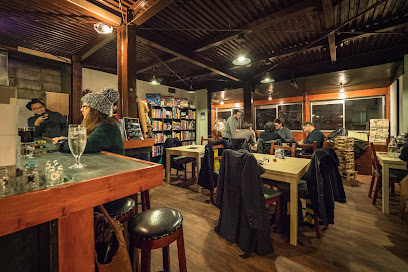
Kawachi Karumen
1.9 km
Experience the authentic izakaya culture at Kawachi Karumen, where delightful dishes and local drinks await in the heart of Osaka.

Dotonbori Riverside Grill Wonder
2.0 km
Experience the vibrant flavors of Dotonbori at Riverside Grill Wonder, where delicious meat dishes and refreshing drinks await in a lively riverside setting.
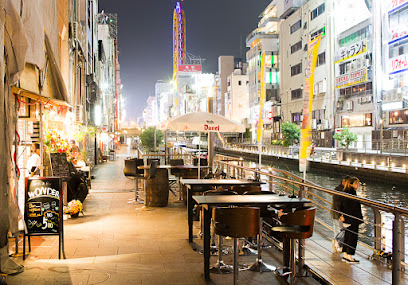
Bar Freedom - Just Japanese Whisky
2.0 km
Discover the finest selection of Japanese whisky in Osaka at Bar Freedom, where every sip tells a story of tradition and craftsmanship.




